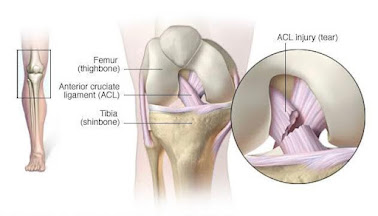Are You Suffering from Osteoarthritis, find your Solution at Rehab Spine Physiotherapy Clinic
Osteoarthritis can affect any joint in the body, major weight-bearing joints such as the knees, hips, lumbar spine, and ankles are more commonly affected than others. Pain is the most common symptom.
People suffering from osteoarthritic conditions present regularly to their physiotherapists with joint pain and inflammation. These damaged joints can be irritated at work, during sport, or in a home-related trauma. Different joints are affected depending on posture, injury, past history, and a range of hereditary factors.
It is characterized by a loss of cartilage around a joint, which helps to provide smooth gliding when the joint is in motion. If the cartilage begins to break down, this can result in pain and swelling as the joint loses its ability to work in a smooth fluid process. Whilst you cannot regain cartilage thickness, you can relieve symptoms of pain and swelling if managed appropriately.
At Rehab Spine, Physiotherapy can be an effective treatment option for osteoarthritis and your overall bone health. Osteoarthritis (OA) is one of the most common natural occurring degenerative conditions of the body’s joints. People of all ages are affected, but it is more prevalent as we age.
How Does Physiotherapy Help Osteoarthritis?
Rehab Spine Physiotherapy Clinic provides conservative and effective results with even severely damaged arthritic joints.
A thorough assessment is vital for treatment prescription.
Treatment may comprise of:
-Joint mobilization
-Exercise prescription to develop an individualized plan of exercises to improve flexibility, strength, coordination, and balance to achieve optimal physical function.
-Electrotherapy modalities
-Dry needling
Supports/aids and education. These modalities:
Aim to reduce pain
Improve the range of movement and strengthen key muscle groups.
Teach you proper posture and body mechanics
Show you how to properly use assistive devices such as walkers and canes.
Recommend different treatment options, such as braces and splints to support joints, shoe inserts to relieve stress on the lower extremities, and hot and cold therapy to ease joint pain and stiffness.
Suggest modifications to your environments, such as ergonomic chairs or a cushioned mat in your kitchen, to relieve pain and improve function.
A home exercise program, if done regularly, will assist in reducing additional osteoarthritic flare-ups. Unfortunately, long-term compliance with this management plan does not always occur. Many patients will discontinue exercising once the pain has subsided and function semi-restored until the next flare-up of pain. This can create further joint damage and deterioration, as well as an increased likelihood of pain. Regular physiotherapy reviews can help to maintain joint range and strength, as well as reviewing, modifying, and reinforcing the prescribed exercises.




Comments
Post a Comment